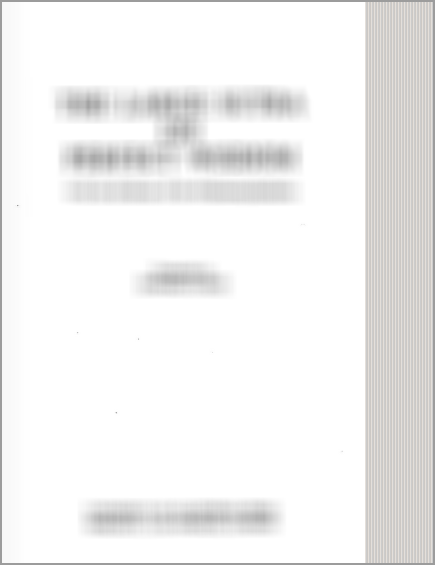Pallava period (Social and Cultural History)
by S. Krishnamurthy | 2017 | 143,765 words
This study examines the Social and Cultural History of the Pallava period (as gleaned through the Sculptural Art). The Pallavas (6th-9th century A.D.) mainly ruled over the Tondaimandalam (Tondai Nadu) region in the Northern part of Tamil Nadu (South-India). The Pallava dynasty ensured a golden age of architecture, arts, and spirituality and while ...
Vasodaka rite (wringing the water from the cloth)
[Full title: Other Religious Beliefs and Customs (during the Pallava period): Vasodaka rite]
Another brahmana youth in the same panel (fig. 87) is depicted in the act of wringing the water from the cloth. This process known as vasodaka is part of a rite to be followed in the first ten days, while giving oblation to the dead ancestors.[1]. In this ritual the karta provides water to his dead ancestor by means of a new cloth dipped into the water and squeezed on the three stones representing the departed soul.
